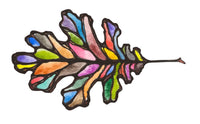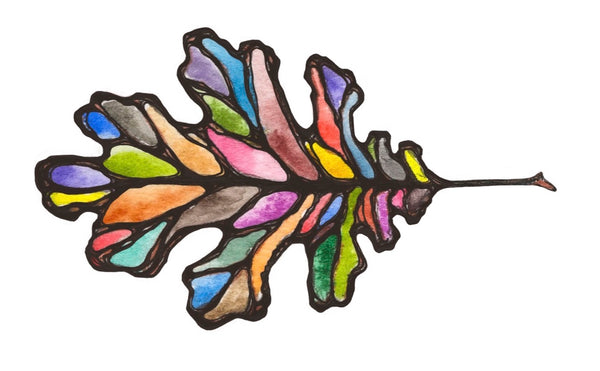
The Sunshine & Shadow Set: Painting Light, Temperature, and Value in Watercolors
The Sunshine & Shadow Set contains forbidden colors - all colors that in one way or another have been banned from watercolor palettes. (See my previous post on why watercolor and the color White belong together after all.) But this set was not created to fly in the face of tradition. It was designed around the concepts of Light and Value.

One of the best exercises in art is to create your composition in terms of light and dark - instead of with lines. It forces you to see volume and light first, and thus avoid such detours as getting lost in small details, trying to outline everything, or getting overwhelmed with color nuances.
In essence, what you are doing is establishing composition through shape and value instead of line and color - those you can add later. The subject and negative space around it become a collection of interlocking shapes that form the surface of your painting.
Value
In art, value refers to lightness and darkness and is often illustrated by a greyscale, with the lightest value being white and the darkest value being black, and a gradation of greytones in between denoting incremental differences in value.
The most straightforward way to study value is by using black, white, and grey. Once you are comfortable with the concept, you will find yourself applying it to everything you see, including the rest of the colors in your palette.
Each color has a certain value range. All watercolors can be diluted to complete transparency with water, and when using them on white paper, they are essentially white, the lightest end of the value range. To examine the other end of the value range for a given color, simply paint it at full concentration. Some colors, such as Mayan Blue, will appear black at their most concentrated. This means that they have a wide value range. Other colors, such as Malachite, will never approach black even at their most intense. An easy way to decipher a color's value range is to take a look at it in the pan. Think of a pan as thousands of layers of paint. Colors that appear black in the pan will appear black at their most intense. Colors that appear bright and vibrant will have a more limited value range. A color with a limited value range is not of lesser quality by any means. Value range is just one of many different characteristics that make each color unique. Understanding these characteristics will help you use you use the colors in your palette to best advantage.
Light
Light is present everywhere you look. It is responsible for our perception of color. When trying to correctly represent light in a painting, it is helpful to think in terms of value range to help you establish lights and darks that read accurately and volume that reads three-dimentionally. But there is much more to light that a greyscale.
Light is color. So, when you look at a shadow, yes it has a value, but it also has a color. Shadows are often a shade of blue or purple. But shadows can also be yellow or brown or even a rosy pink. And these colors can be stylistically exaggerated too.
It can help to break color down first by value range, and second by temperature. Is the light warm or cool? Color tones can help establish temperature. A Yellow that tends towards Red is warmer, whereas a blue that leans towards green is cool.

Painting After a Plate By Alexander Marshall
In the Sunshine & Shadow Set, we have included a selection of Whites, Greys, and Blacks so that you can create black-and- white value studies, work in monotones, and/or create preliminary sketches in terms of value.
We have also included a selection of Yellows, Browns, and a Blue and Purple for light and temperature studies.
It can be broken down like this:
| Whites = Lights | Yellows = Warms |
| Greys = Midtones | Browns = Neutrals |
| Blacks = Darks | Blue & Purple = Cools |
But approach this categorization as guidlines, not hard-and-fast rules. Because Brown Ochre can certainly be a warm color, and Mayan Yellow can be a cool color. It really depends on the rest of your painting. There is a simultaneously wonderful and infuriating relativity to color theory. It is best to just embrace it and be content to experiment.
Colors Included:
Eggshell
Barite White
Mayan Yellow
Yellow Ochre
Slate
Graphite
Brown Ochre
Cassel Earth
Shungite
Magnetite
Mayan Blue
Violet Hematite
One exciting way to experiment with this palette is on tinted papers. Find one sturdy enough to accept watercolor, and start with a color chart or by swatching out each color on the paper. You will immediately notice that the colors interact differently with a tinted paper than a white paper. With tinted paper, the value range shifts from being at the lightest end (as is the case with white) to a midtone. Also, the tint of the paper will interact with each color, in essence, mixing with each color. A blue tinted paper with white painted over it will lend a cool cast to the white, whereas a brown paper might make your white appear yellow-ish.

Painting with Value, Light, and Temperature in mind will change the way you see, and the way you apply color.
Your sketchbook awaits!


